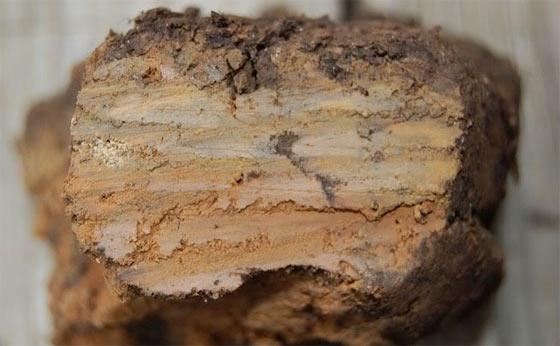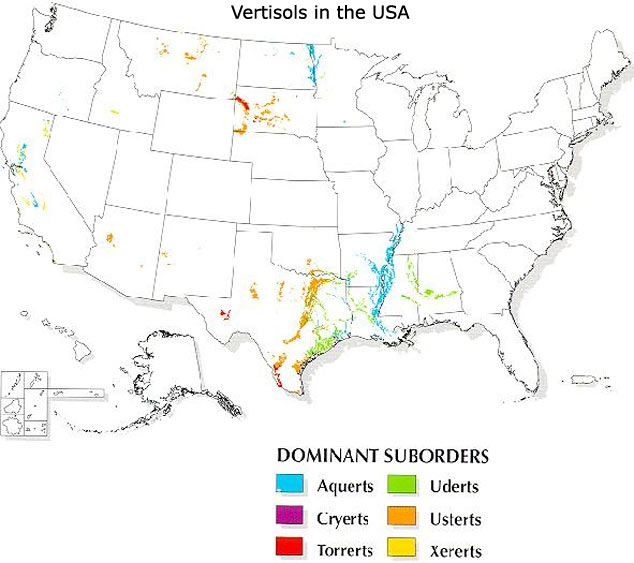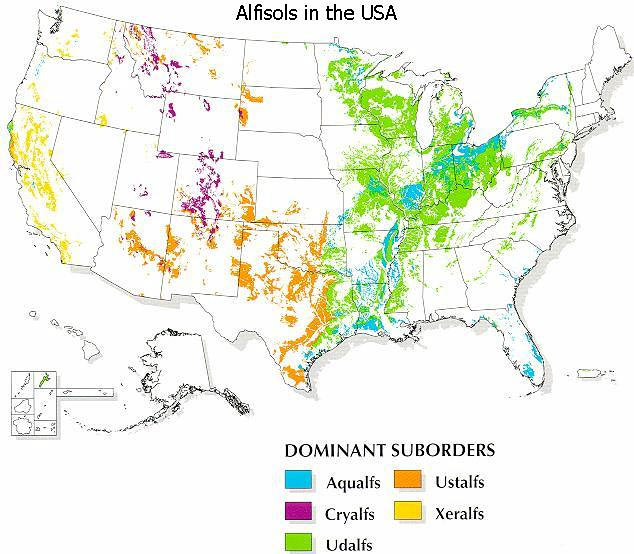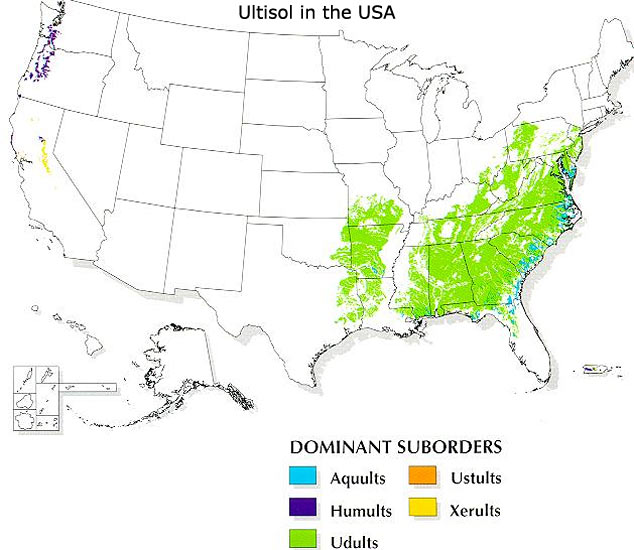An Earthen Filter For Radioactive Water
The following earthen water filter will effectively remove radioactive particles from water…
All soil found around the United States include different combinations of the following three things… sand, silt, and clay. With that said, the soil type that’s best for a earthen water filter to remove radioactive particles is that with a high clay content.
Clay binds well to radioactive particles. If radioactive fallout has contaminated the water supply, earth filters utilizing clay type soil, will do well at removing radioactive particles from the water.
According to the American Civil Defense Association, this method is better than distillation, ion-exchange filters, or charcoal filters for this purpose.
——————————
Nuclear War Survival Skills
Nuclear War Survival Skills (Upgraded 2012 Edition)
——————————
How to make an earthen water filter for radioactive water
1. Perforate the bottom of a 5-gallon can or wastebasket with holes punched within 2 inches of the center.
2. Place a two-inch layer of washed pebbles on the bottom of the can.
3. Cover the pebbles with one thickness of terry cloth towel or other porous cloth.
4. Scrape the top 4-5 inches of soil off the ground to get below the fallout, and dig enough clay-type soil to fill the can to a depth of 8 inches, packing it tightly against the sides.
5. Cover the soil in the can with another thickness of toweling and another one or two inches of pebbles.
6. Suspend the can over a clean container and pour the contaminated water into the top.
Water that is free of radioactive particles (but unpurified) will filter out the bottom at a rate which depends on your exact soil.
Discard and replace the clay soil after approximately 10-gallons of filtered water.
Remember to purify the water afterwards by boiling or other acceptable water filtration methods. Related articles: Water Filters
Clay soil is composed of very fine particles, usually silicates of aluminum and/or iron and magnesium.
Clay soil absorbs water slowly and then retains it for a long time.
Wet clay soil is heavy and sticky, and tends to swell from the added moisture. When dry, clay soil shrinks and settles. The top layer can bake into a hard, concrete-like crust which cracks.
Note: Some plants have difficulty growing in clay soil because their seedlings or roots are unable to penetrate through hard, dry soil, or can be waterlogged in wet soil. (Adding organic material to clay soil is an effective method of improving growing conditions.)
Does my soil have clay in it?
While clay soil (especially heavy clay) can be very challenging to work with for gardening, it is very effective for using in an earthen water filter to remove radioactive particles. You may wonder if the soil where you live has clay in it…
The following maps show where in the United States there is some clay in the soil.
Note: Just because the maps shown below may not indicate clay in your geographical area does not mean that there is no clay around… Most of us have encountered clay at one time or another and since you likely know what it looks and feels like, you will know it when you see it (or dig for it).
Soil: Vertisols
This type of soil contains the highest percentage of clay compared to the others in the subsequent maps shown below.
Soil: Alfisols
This type of soil contains a clay enriched subsoil and is more widely found.
Soil: Ultisol
This soil also contains a clay enriched subsoil.
Conclusion:
Hopefully this provides a bit of insight into how you might go about filtering your drinking water in the event of radioactive fallout (a situation that we hope to never have to deal with)…




